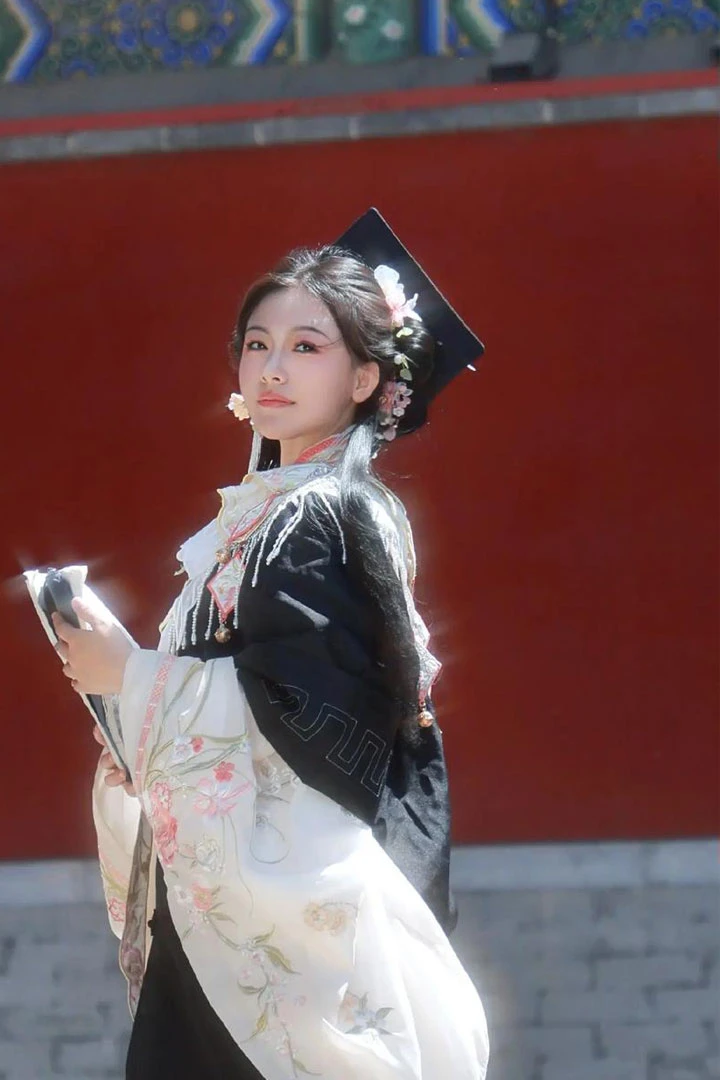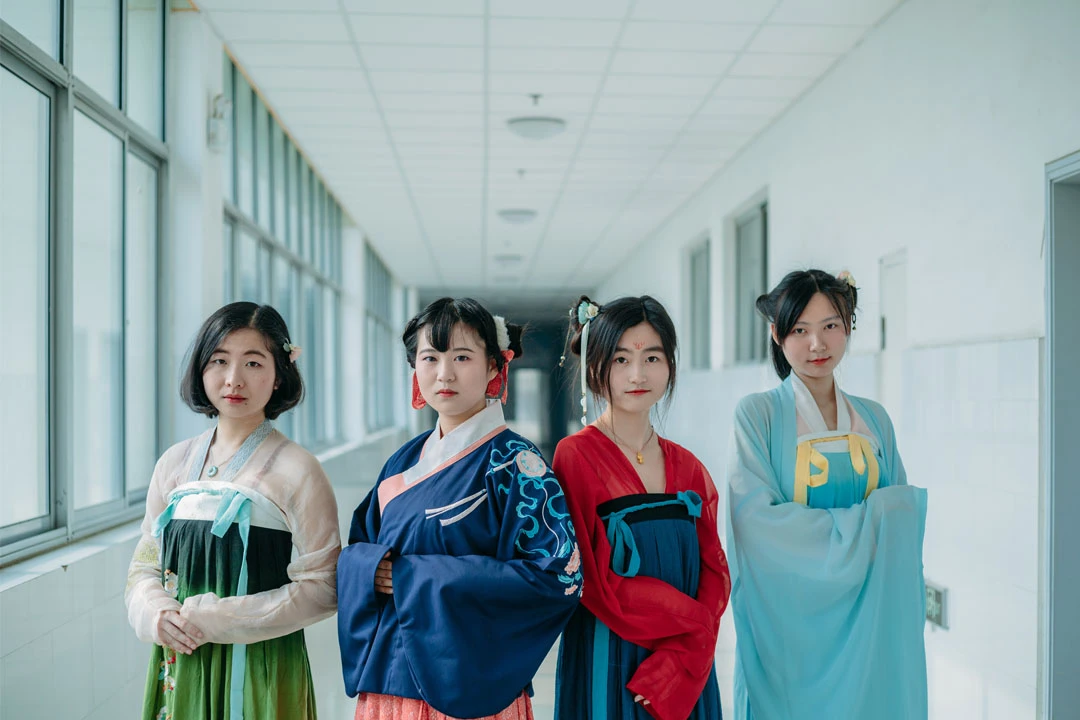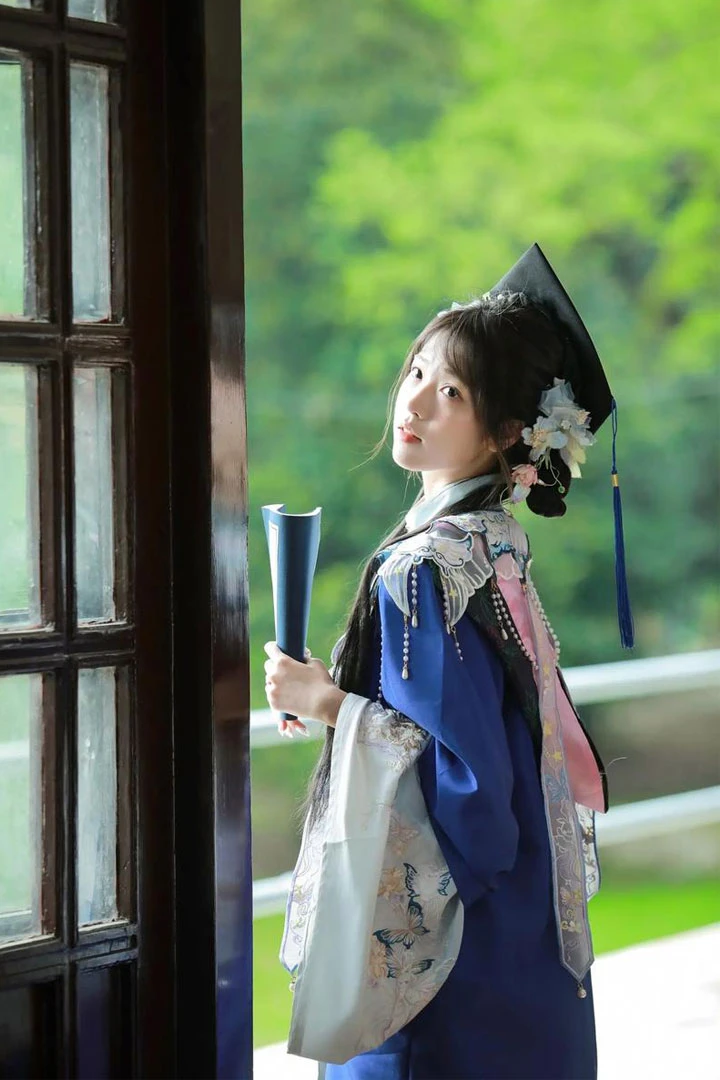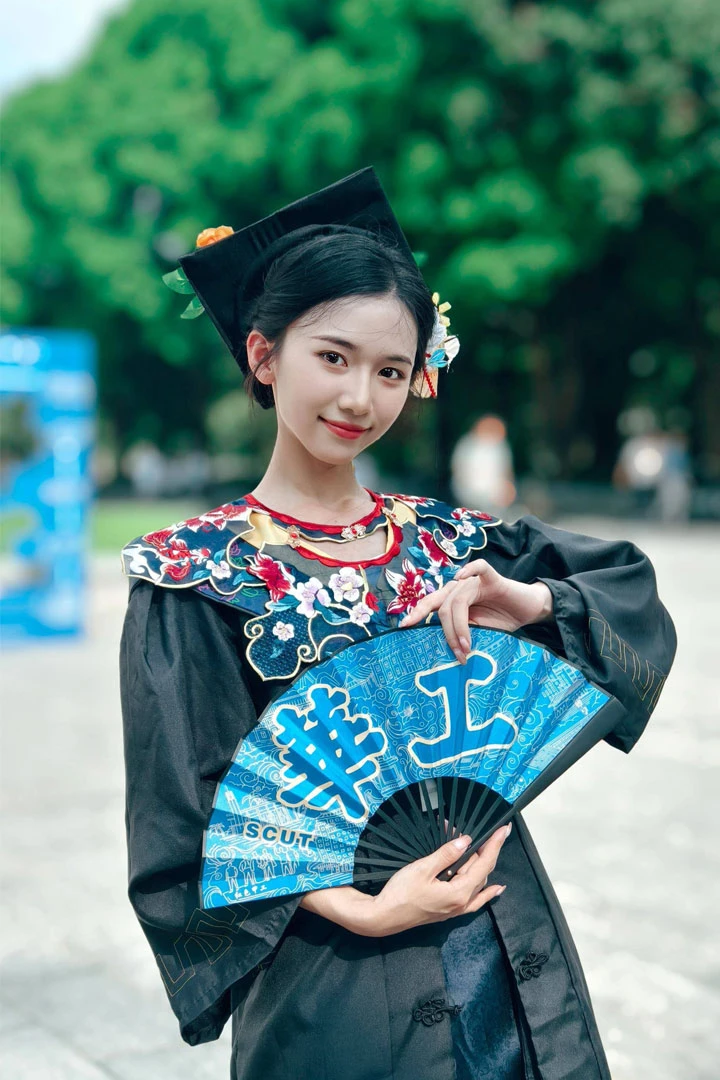A cultural revival has been sweeping across China, bringing with it a renewed appreciation for Hanfu, traditional Chinese clothing. Once confined to historical reenactments and period dramas, Hanfu has now found its way into the mainstream, captivating the hearts of young and old alike. This resurgence goes beyond mere fashion trends; it represents a profound rediscovery and celebration of Chinese cultural heritage.
Hanfu, which literally means "Han clothing," refers to the traditional attire worn by the Han Chinese for centuries. It encompasses a wide range of styles, from the elegant robes of the Han Dynasty to the elaborate garments of the Tang and Song Dynasties. Each style reflects not only the fashion preferences of its time but also the social status and cultural values of the wearers.
The revival of Hanfu can be attributed to several factors. One significant influence is the growing interest among Chinese youth in reconnecting with their cultural roots. In an era marked by globalization and rapid modernization, wearing Hanfu represents a way to express pride in one's heritage and distinguish oneself from Westernized fashion trends.

Moreover, the popularity of Hanfu has been bolstered by the internet and social media, which have provided platforms for enthusiasts to share their passion for traditional clothing. Online communities dedicated to Hanfu have sprung up, where members discuss historical accuracy, share styling tips, and organize gatherings to wear Hanfu together.
The movement has also received support from cultural institutions and government initiatives aimed at preserving and promoting traditional Chinese culture. Festivals and events celebrating Hanfu are held across the country, attracting thousands of participants and spectators who come to admire the beauty and craftsmanship of these ancient garments.
One of the most intriguing aspects of the Hanfu revival is its adaptation to modern tastes and lifestyles. Contemporary designers have reinterpreted Hanfu designs, incorporating elements from Western fashion while staying true to traditional aesthetics. This fusion has not only made Hanfu more accessible and wearable but has also widened its appeal to a broader audience both in China and internationally.
In addition to its aesthetic appeal, Hanfu carries deeper cultural significance. It symbolizes a connection to China's rich history and serves as a tangible link to the traditions and values passed down through generations. For many wearers, putting on Hanfu is not just about wearing beautiful clothes; it is about embodying the spirit of ancient China and honoring the wisdom of their ancestors.
As Hanfu continues to gain popularity, it has sparked discussions and debates about cultural identity and authenticity. Some critics argue that the modern interpretation of Hanfu lacks historical accuracy or appropriates elements from other cultures. Others see it as a dynamic and evolving form of cultural expression that can adapt to contemporary sensibilities while preserving its essence.
Nevertheless, the resurgence of Hanfu represents a broader trend towards cultural rejuvenation in China. It reflects a renewed interest in traditional arts, language, philosophy, and customs among younger generations who are eager to explore and embrace their cultural heritage in a rapidly changing world.
In conclusion, the revival of Hanfu in modern China is more than just a fashion trend; it is a cultural phenomenon that speaks to the enduring appeal of traditional Chinese aesthetics and values. By blending historical authenticity with contemporary creativity, Hanfu enthusiasts are not only preserving a cherished cultural heritage but also reshaping its role in today's society. As the movement continues to grow, it promises to inspire new generations to appreciate and celebrate the beauty and significance of Hanfu for years to come.
Furthermore, the economic impact of the Hanfu revival cannot be overlooked. The market for Hanfu-related products has expanded rapidly, encompassing not only traditional garments but also accessories, footwear, and modern adaptations suitable for everyday wear. This growth has spurred entrepreneurship and innovation within the fashion industry, with young designers exploring new ways to integrate Hanfu elements into contemporary fashion lines.
Internationally, the popularity of Hanfu has transcended borders, with enthusiasts and scholars abroad expressing interest in its historical significance and cultural value. Events such as fashion shows and cultural exhibitions featuring Hanfu have gained traction in cities around the world, fostering cross-cultural dialogue and appreciation.
The global reach of Hanfu underscores its potential as a cultural ambassador for China, promoting understanding and appreciation of Chinese traditions beyond its borders. As more people embrace Hanfu, it serves as a gateway to explore the diverse heritage and customs that define Chinese civilization.
Looking ahead, the future of Hanfu lies in its ability to adapt and evolve while remaining true to its origins. Continued support from both government policies and grassroots initiatives will be crucial in sustaining its growth and preserving its authenticity. Education and awareness campaigns play a vital role in nurturing a deeper understanding of Hanfu's cultural significance among the younger generation and ensuring its legacy for future years.
In essence, the revival of Hanfu represents a renaissance of cultural pride and identity in modern China. It celebrates not only the beauty of traditional clothing but also the resilience of cultural heritage in an increasingly interconnected world. As Hanfu enthusiasts continue to innovate and explore new possibilities, they contribute to a dynamic cultural landscape that bridges the past with the present, enriching the global tapestry of human diversity and creativity.



